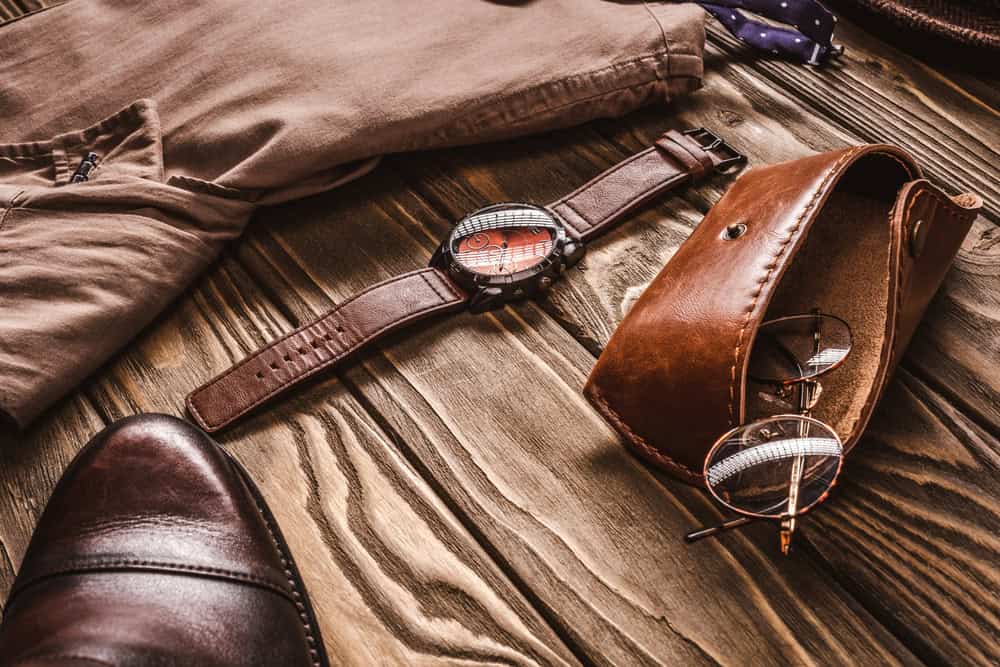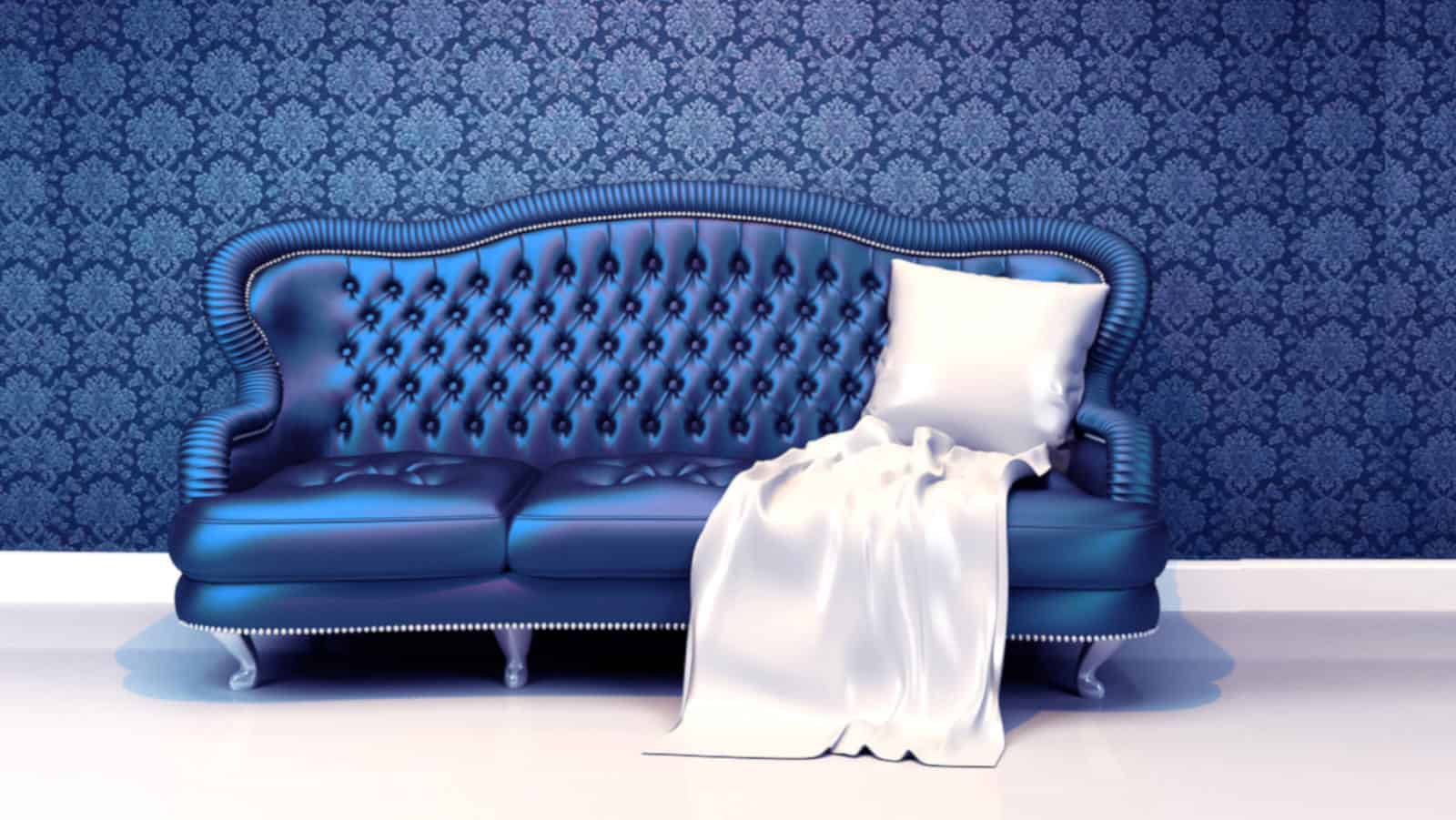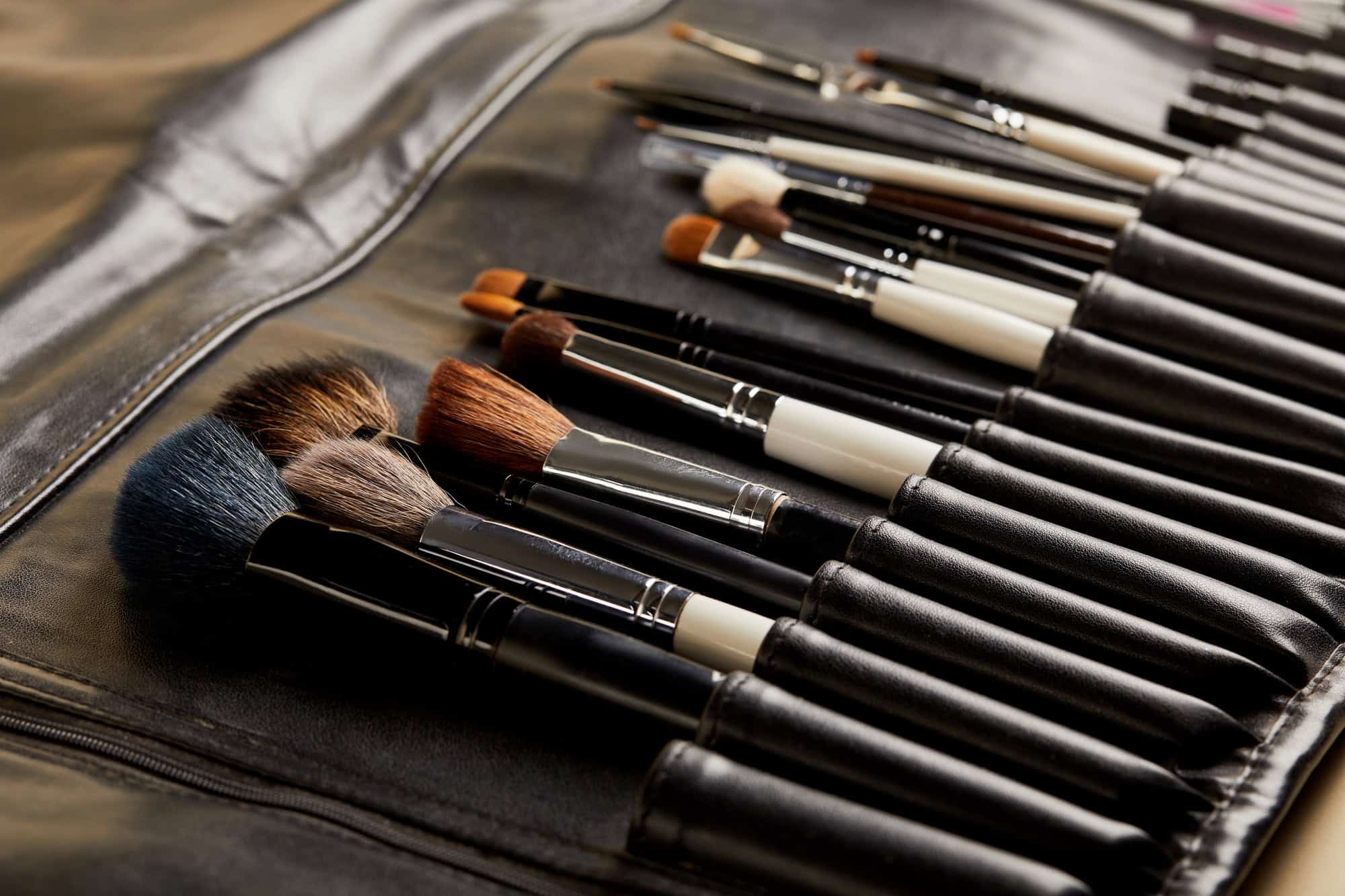
Leather is a durable and luxurious material used in furniture, fashion, and accessories. However, not all leather is created equal. The quality, texture, and durability of leather depend on its grade and type. In this guide, we will explore different leather grades and types, along with their pros and cons, to help you make an informed decision when choosing leather products.
Leather Grades
1. Full-Grain Leather
Overview:
Full-grain leather is the highest quality leather available. It is made from the outermost layer of the hide and retains the natural grain, including imperfections, scars, and pores.
Pros:
- Extremely durable and long-lasting
- Develops a rich patina over time
- Breathable and resistant to moisture
- Has a luxurious, natural look and feel
Cons:
- More expensive than other leather grades
- Can feel stiff initially and requires breaking in
- Shows natural imperfections, which may not be preferred by some buyers
2. Top-Grain Leather
Overview:
Top-grain leather is slightly lower in quality than full-grain but is still considered premium. It is sanded and treated to remove imperfections and has a more uniform appearance.
Pros:
- Softer and more flexible than full-grain leather
- More stain-resistant due to surface treatment
- Retains good durability while being more affordable
Cons:
- Less breathable than full-grain leather due to the finish
- Does not develop as rich a patina over time
- Surface treatment can wear down over the years

3. Genuine Leather
Overview:
Genuine leather is made from the lower layers of the hide and is processed with dyes and treatments to create a uniform look.
Pros:
- More affordable than full-grain and top-grain leather
- Available in a variety of finishes and colors
- Still offers some level of durability and flexibility
Cons:
- Less durable than higher-grade leather
- Does not develop a patina
- Often made using layers of scrap leather, making it less premium
4. Split Leather (Suede & Nubuck)
Overview:
Split leather is created from the fibrous lower layers of the hide. It is often used to make suede and nubuck, which are known for their soft texture.
Pros:
- Soft and velvety texture (suede and nubuck)
- Lightweight and flexible
- More affordable than top-grain or full-grain leather
Cons:
- Highly absorbent and prone to staining
- Less durable and can wear down quickly
- Requires frequent maintenance to retain its look
5. Bonded Leather
Overview:
Bonded leather is made from leather scraps and fibers that are bonded together with adhesives and coated with a synthetic layer to mimic genuine leather.
Pros:
- The most affordable leather option
- Available in a wide range of colors and textures
- Good for budget-conscious buyers
Cons:
- Not real leather—contains only small amounts of actual leather
- Prone to peeling and cracking over time
- Lacks the durability, breathability, and luxury of natural leather

Leather Types
Besides grading, leather can be classified based on its tanning process and finishing techniques. Each type has unique characteristics suited for different uses.
1. Aniline Leather
Overview:
Aniline leather is dyed using soluble dyes without adding a protective coating, preserving the natural grain appearance3.
Pros:
- Luxurious, natural look and feel
- Soft and breathable
- Develops a beautiful patina over time
Cons:
- Highly susceptible to stains and scratches
- Requires regular maintenance
- Expensive due to its high quality
2. Semi-Aniline Leather
Overview:
Semi-aniline leather is treated with a light protective coating while retaining much of the natural grain.
Pros:
- Retains a natural look while offering more stain resistance
- Soft and comfortable
- More durable than aniline leather
Cons:
- Still prone to wear and staining
- Not as natural-looking as full aniline leather
- More expensive than pigmented leather

3. Pigmented Leather
Overview:
Pigmented leather is coated with a layer of pigment and a protective finish to enhance durability.
Pros:
- Highly durable and resistant to stains
- Easy to clean and maintain
- Uniform appearance without imperfections
Cons:
- Less natural-looking than aniline and semi-aniline leather
- Can feel stiffer due to the protective coating
- Less breathable than untreated leather
4. Nubuck Leather
Overview:
Nubuck is a type of top-grain leather that has been sanded to create a soft, velvety texture.
Pros:
- Luxurious feel and rich texture
- Softer and more flexible than full-grain leather
- Develops a unique character over time
Cons:
- Highly absorbent and stains easily
- Requires regular maintenance and waterproofing
- Less durable than full-grain leather

5. Suede Leather
Overview:
Suede is made from the underside of the hide, giving it a soft, fuzzy feel.
Pros:
- Soft, luxurious texture
- Lightweight and flexible
- Affordable compared to top-grain leather
Cons:
- Prone to staining and water damage
- Less durable and wears out faster
- Requires frequent maintenance
6. Faux Leather (Synthetic Leather)
Overview:
Faux leather is made from synthetic materials like polyurethane (PU) or polyvinyl chloride (PVC), designed to mimic real leather.
Pros:
- More affordable than real leather
- Vegan-friendly and cruelty-free
- Resistant to stains and easy to clean
Cons:
- Less breathable than real leather
- Can crack and peel over time
- Lacks the richness and longevity of natural leather
Conclusion
Choosing the right leather depends on your needs, budget, and desired aesthetic. Full-grain and top-grain leather offer superior quality and longevity, while genuine and split leather provide more affordable alternatives. For a soft and luxurious texture, aniline, nubuck, and suede are great choices, though they require careful maintenance. If durability and easy maintenance are a priority, pigmented leather or faux leather may be the best option.
By understanding these different leather grades and types, you can make a well-informed decision that suits your lifestyle and budget.
